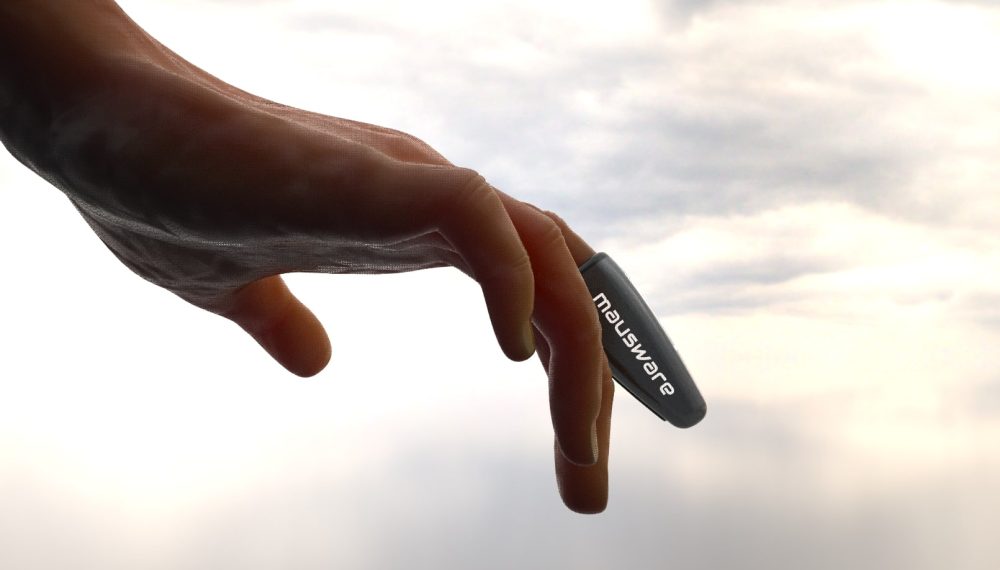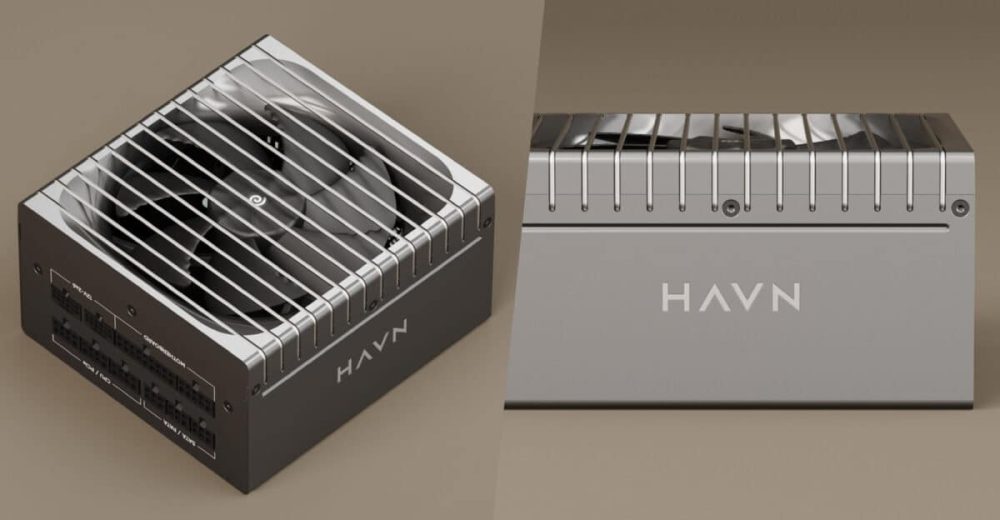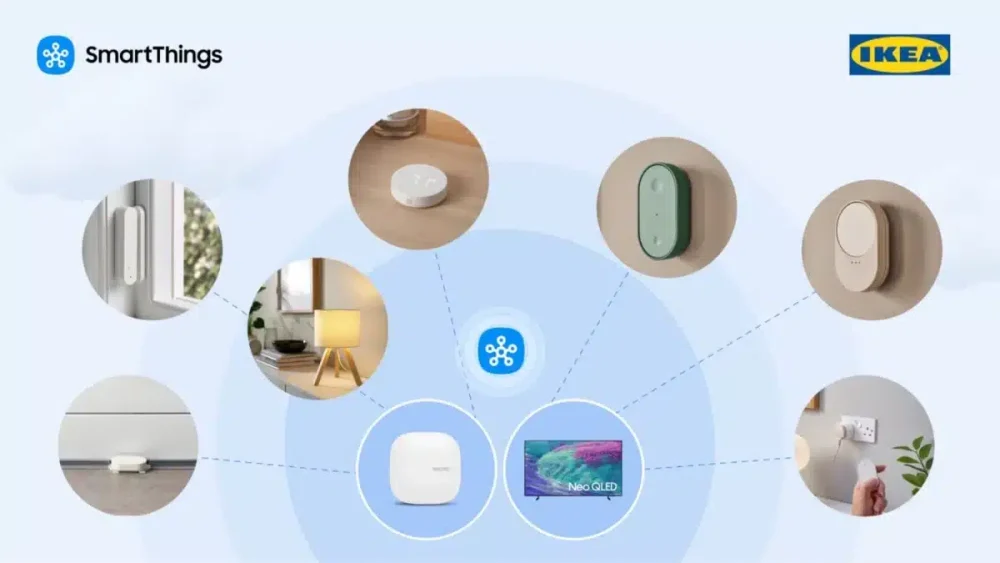For over five decades, the computer mouse has largely stuck to the same formula: a device that sits on your desk and requires your hand to grip and move it. But what if the mouse could live on your finger, freeing you from the desk entirely? That’s the ambitious premise behind the Finger Maus, a new wearable tech invention poised to enter the market.
Conceived by inventor and artist Max Eternity, the Finger Maus has been in development since 2010. The idea was inspired in part by Eternity’s time volunteering at a technology center for the elderly, low-income families, and individuals with disabilities. The goal was to create a more accessible, intuitive, and portable way to interact with computers, tablets, and other pointer-ready devices.
What Exactly is the Finger Maus?
Imagine a lightweight, ring-like device you wear on your index, middle, or ring finger. Rather than moving your entire arm and wrist across a mousepad, you control the cursor with subtle finger movements in the air or on any surface. It’s wireless, rechargeable via USB-C, and, most notably, it doesn’t require a flat surface to operate.
Touted as a quieter alternative to traditional mice, the Finger Maus is also being marketed as an environmentally conscious product. Its maker claims it uses 80% less plastic than a standard mouse and is constructed from a non-toxic, biodegradable, plant-based resin using 3D printing.
Key Features and Target Audience
The Finger Maus Ultra model, weighing in at a featherlight 20-25 grams, promises several advantages:
- Portability & Clutter-Free: It eliminates the need for a desk or mousepad, making it ideal for use with laptops on the go, in tight spaces, or from the couch.
- Accessibility: It is specifically highlighted as a tool for elderly users or those with mobility impairments or disabilities who may find a traditional mouse difficult to manipulate.
- Eco-Friendly Design: Its minimalist, 3D-printed construction aims to reduce plastic waste.
A Healthy Dose of Skepticism: Will It Work?
The history of computing is littered with ambitious attempts to dethrone the mouse, from gesture controllers like the Leap Motion to various ergonomic oddities that often ended up forgotten in a drawer. Adopting a new input method is a deeply personal and habitual experience; muscle memory is a powerful force.
Key Questions Remain Unanswered Without Hands-on Testing:
- Precision: Can it truly deliver the pixel-perfect accuracy demanded by gamers, graphic designers, and video editors?
- Comfort & Fatigue: How does it feel after hours of continuous use? Could “gorilla arm” fatigue become an issue?
- The Learning Curve: How intuitive is it really? Moving a cursor with your finger instead of your wrist is a significant paradigm shift.
- Price and Availability: The company plans to launch a crowdfunding campaign on Indiegogo in 2025. As with any crowdfunded tech project, potential backers should exercise caution and wait for independent reviews before committing.
The Finger Maus is a classic example of a product that targets a highly specific niche rather than the mainstream. For the average office worker or hardcore gamer, a traditional high-performance mouse is likely still the superior tool.
However, to dismiss it outright would be a mistake. Its true potential lies in its value for accessibility and mobility. For users with arthritis, carpal tunnel, or limited desk space, the Finger Maus could be genuinely revolutionary. It solves a real problem for a specific group of people.
The environmental angle is a compelling bonus, aligning with growing consumer demand for sustainable tech. Furthermore, its development story, born from a desire to help in a community center, adds a layer of purpose often missing from tech launches.
In Conclusion
The Finger Maus is unlikely to replace your everyday mouse, but it doesn’t have to. Its success won’t be measured by mass adoption, but by how effectively it serves its intended niche. If it delivers on its promises of precision and comfort, it could become an indispensable tool for those who need it most, proving that sometimes the most innovative ideas are those that make technology accessible to everyone.
The crowdfunding campaign, when it launches, will be the first real test of its market viability. It’s a product best met with cautious optimism, a fascinating innovation worth watching.


